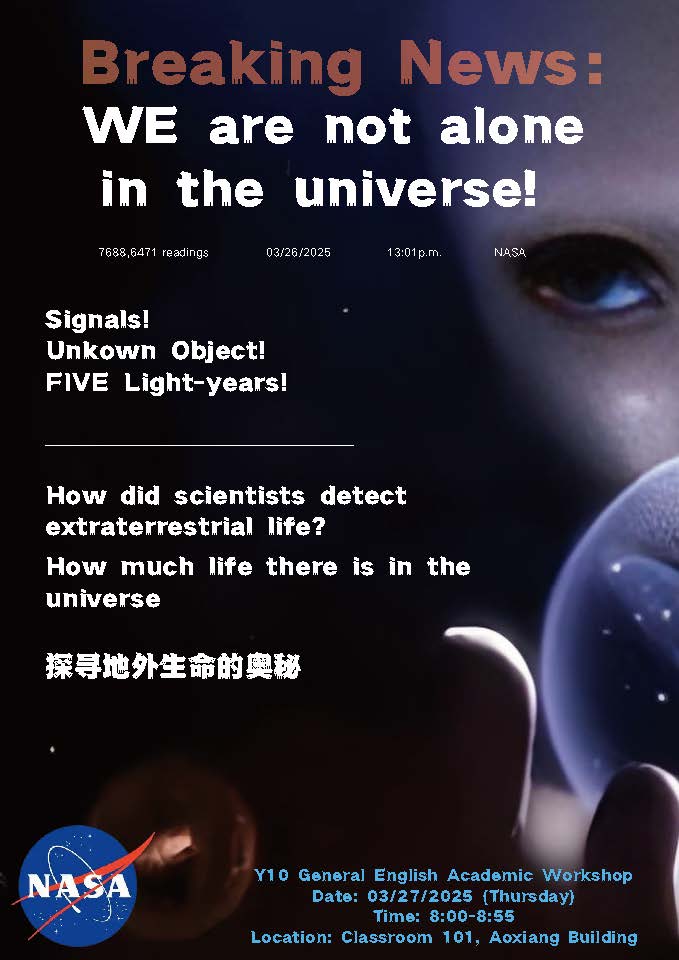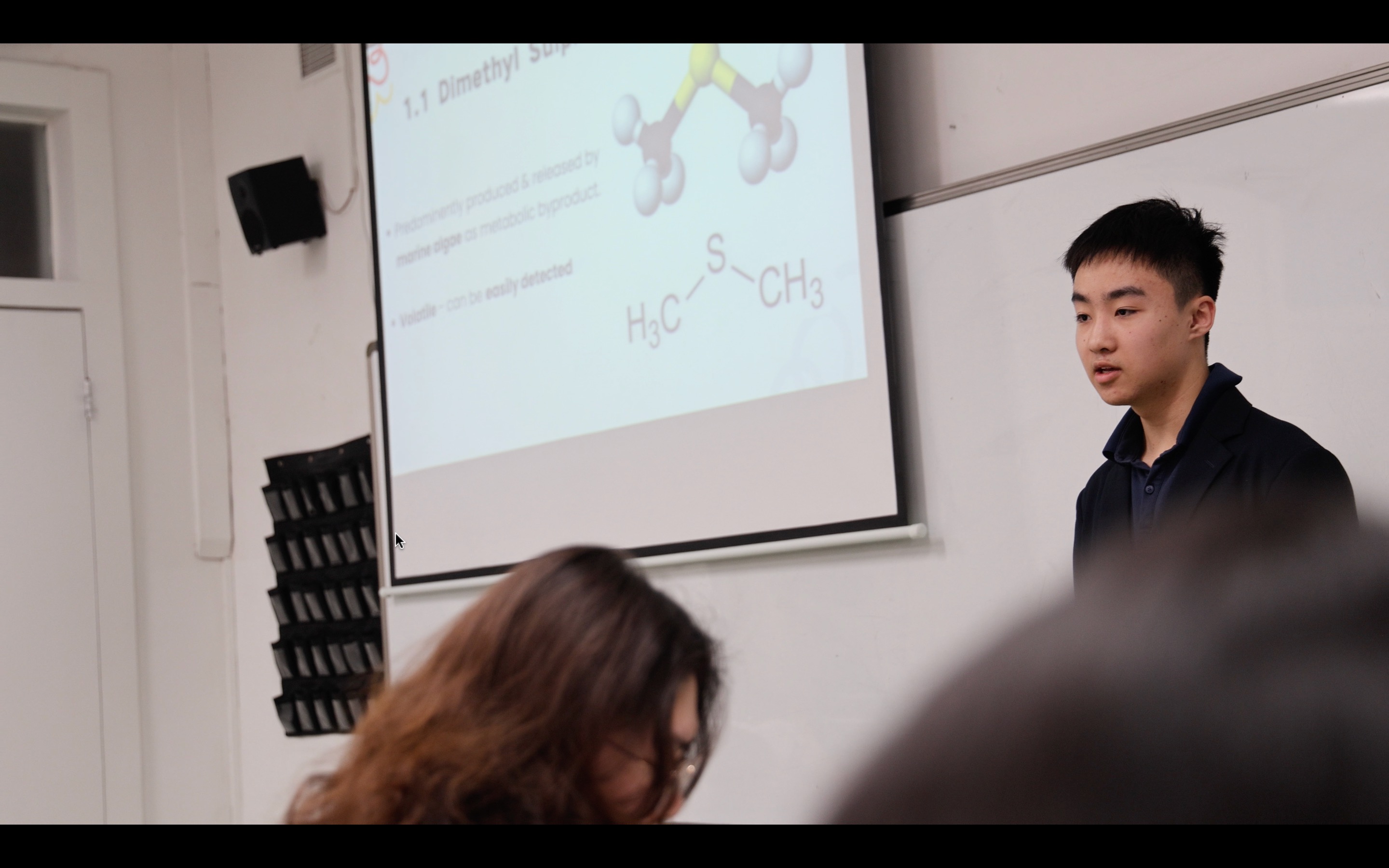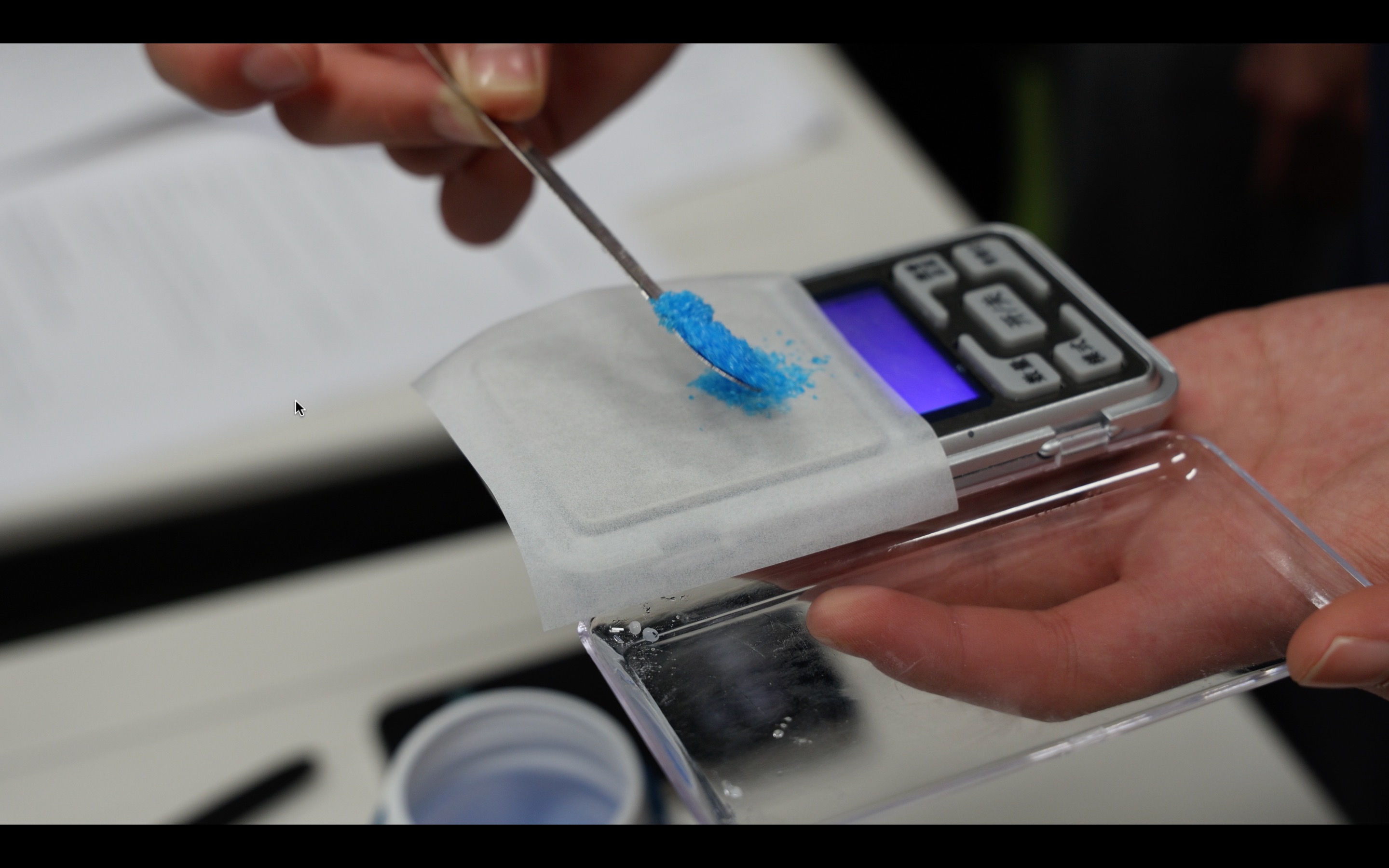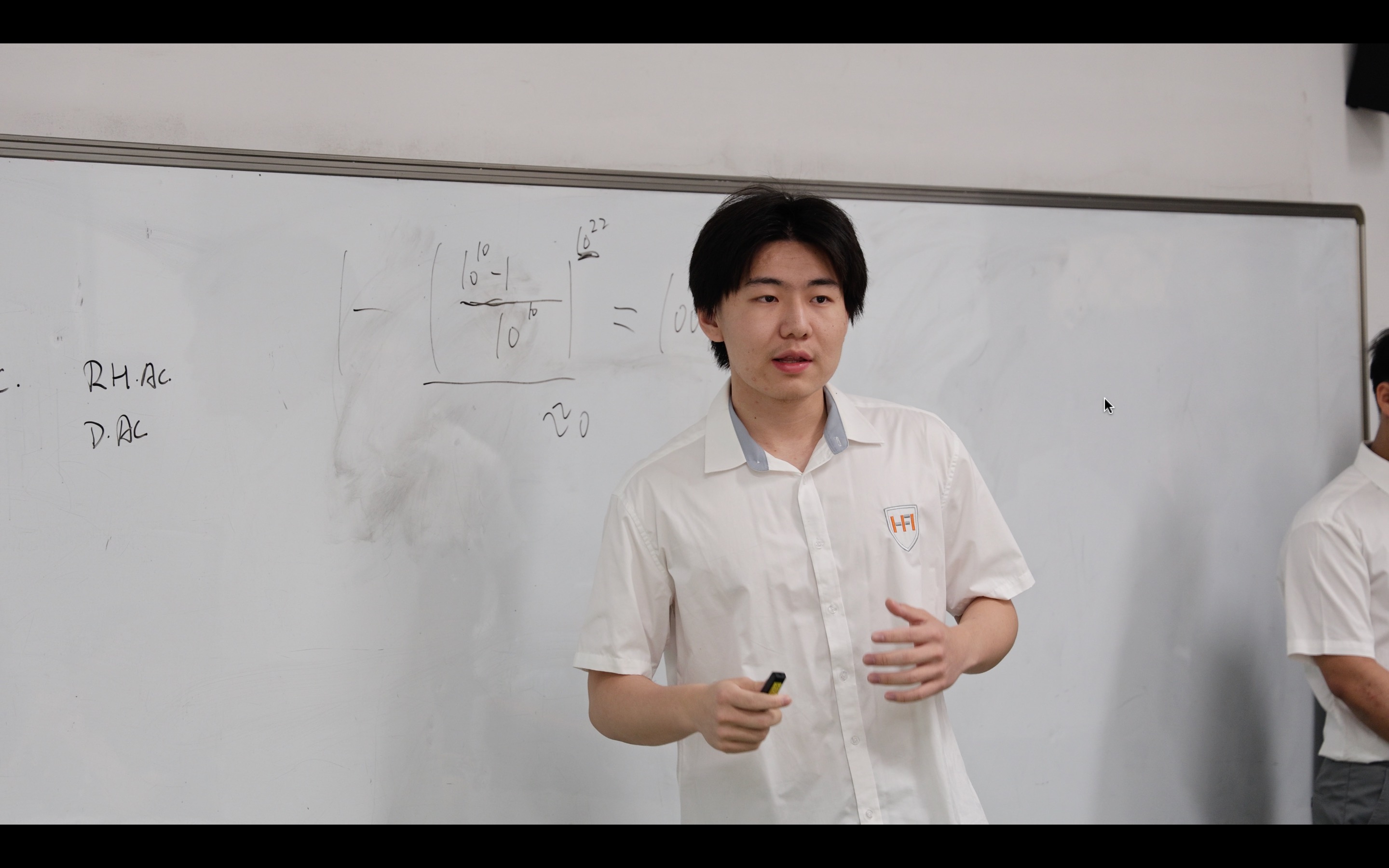Class:Yann Name: Zihua (Tony) Xu
In March, our General English class held its final project of the past two years: a student-led academic workshop. We were asked to choose an interdisciplinary topic and design interactive activities around it. My group focused on the intersection of biology and astronomy, selecting extraterrestrial life as our central theme.

For our workshop, I designed an experiment centered on the chirality of amino acids—an essential concept in the search for extraterrestrial life. The planning process, however, came with several challenges. First, many of the experimental reagents, such as tartaric acid and amino acids, were difficult to source. D-Alanine, in particular, was scarcely available online, so I substituted it with DL-Alanine and adjusted the experimental procedure accordingly. Additionally, the equipment was costly, so we had to borrow tools from previous students. Special thanks to the Mad Scientist Club for generously providing much-needed materials.

The biggest hurdle emerged during my trial runs of the experiment. The results were often unsatisfactory due to variables like pH imbalances and room temperature fluctuations. I was concerned that no group would achieve successful results during the actual workshop. In the end, only one group managed to produce the ideal outcome—but that made the success feel even more meaningful.

There were both strengths and areas for improvement in our presentation. On the positive side, we used a 3D model to introduce electrophoresis and wrote key concepts, such as the Drake Equation, on the whiteboard to enhance clarity and structure. We also explained how amino acid chirality can be distinguished through electrophoresis. However, because we had so much content to cover, we advanced through our slides a bit too quickly. The start of the experiment was also somewhat chaotic, especially since we had only one electronic scale for the entire class.

This workshop taught me a great deal in cooperation. First, staying positive and collaborative with group members is vital—they can often surprise you with their creativity, commitment, and eloquence. Second, it's important to identify problems early and find flexible solutions, like our workaround for the D-Alanine issue. Finally, we learned the importance of adapting quickly when the unexpected occurs during a presentation.
Academically, I deepened my understanding of topics such as electrophoresis, chirality, and the Drake Equation—all of which reflect the kind of scientific and logical thinking required in TOEFL reading and listening tasks. The process of researching, simplifying, and then presenting these complex concepts also sharpened my academic speaking and writing skills.

Overall, this project was a meaningful and fitting conclusion to our GE course. I’m proud of what we accomplished together and would like to express my sincere appreciation to my group members: Sam, Eric, Vivian, Johnny, and Gavin. It was truly a team effort.